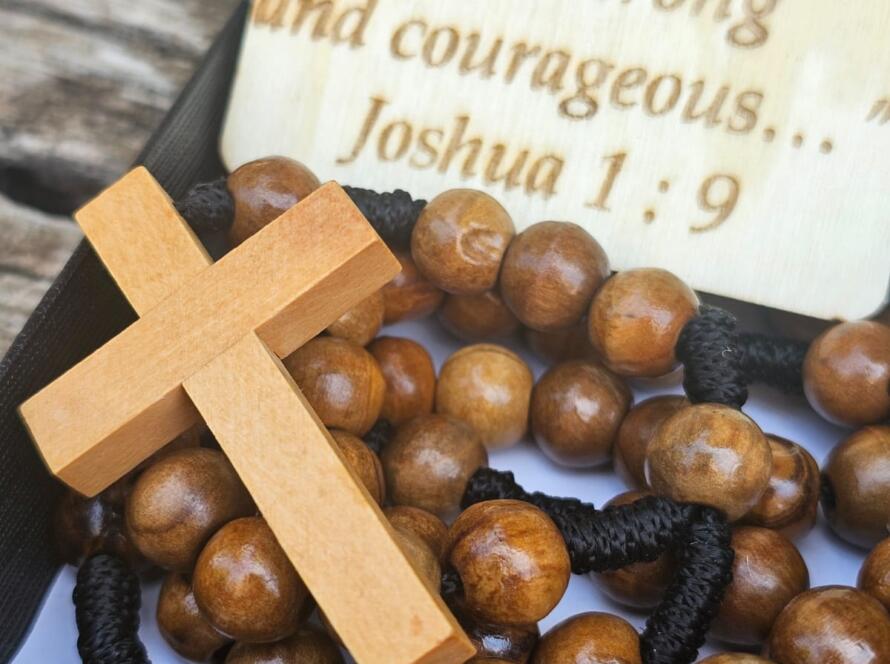Summary
Incense burners are more than just tools for burning incense; they are cultural artifacts, artistic expressions, and practical items that enrich our sensory experiences. Whether you’re exploring ancient traditions or embracing modern trends, understanding the art and utility of incense burners deepens your appreciation for this timeless object. By choosing the right burner and using it safely, you can create a serene and fragrant atmosphere in any setting.
The Art and Tradition of Incense Burners: A Comprehensive Guide
Incense burners, also known as censers, have been used for centuries in various cultures and religions. From their functional purpose to their artistic value, incense burners are a testament to humanity’s deep connection to ritual, spirituality, and sensory experiences. In this blog, we delve into the many facets of incense burners, addressing key questions and topics while optimizing for the most searched terms related to this timeless tool.
What Is an Incense Burner and How Does It Work?
An incense burner is a vessel designed to hold and burn incense, releasing fragrant smoke. The construction varies widely, ranging from simple ceramic bowls to ornate metal censers with intricate designs. To use an incense burner, you typically light the incense—whether stick, cone, or resin—and place it on a heat-resistant base. The smoke produced carries aromatic compounds that can enhance meditation, relaxation, or spiritual rituals.
Types of Incense Burners
There are various types of incense burners tailored to specific forms of incense:
- Stick Incense Burners: Designed to hold one or more incense sticks, these burners often feature grooves or holes to keep the sticks upright.
- Cone Incense Burners: These are compact and often feature a cover to contain the smoke.
- Resin Incense Burners: Typically used with charcoal, these burners are ideal for burning resins and powdered incense.
- Backflow Incense Burners: Designed to create a mesmerizing smoke cascade effect, these are popular for their visual appeal.
The History of Incense Burners
Incense burners date back thousands of years and have been used across cultures. In ancient Egypt, incense burners were integral to religious ceremonies, symbolizing purification. In China, during the Tang and Song dynasties, ornate censers adorned temples and palaces, often reflecting high craftsmanship. Similarly, in the Middle East, incense burners were essential in Islamic traditions, used for hospitality and spirituality.
Materials Used in Incense Burners
Incense burners are crafted from a variety of materials, each with unique properties:
- Ceramic: Heat-resistant and often beautifully glazed, ceramic burners are versatile.
- Metal: Common in traditional designs, metal burners, such as brass censers, are durable and often ornate.
- Stone: Popular for their rustic appeal and heat retention.
- Wood: Lightweight and often intricately carved, suitable for stick incense.
How to Use an Incense Burner Safely
Using an incense burner requires attention to safety:
- Place the burner on a heat-resistant surface, Light a small charcoal, sprinkle some incense on it as required.
- Keep it away from flammable objects.
- Ensure proper ventilation to prevent smoke buildup.
- Never leave burning incense unattended.
The Cultural Significance of Incense Burners
Incense burners hold deep cultural significance:
- In Buddhism: Incense burners symbolize the offering of fragrance to the Buddha and are used during meditation and rituals.
- In Hinduism: Incense burners are integral to puja ceremonies, representing devotion.
- In Christianity: Metal censers are swung during Mass to spread the aroma of frankincense and myrrh.
- In Secular Settings: Incense burners are used for relaxation, aromatherapy, and as decorative items.
Modern Uses and Trends
Today, incense burners are not only spiritual tools but also aesthetic objects. Backflow incense burners, for example, have gained popularity for their captivating smoke effects. Additionally, eco-conscious designs using sustainable materials are emerging, aligning with modern environmental values.
Choosing the Right Incense Burner
When selecting an incense burner, consider:
- The type of incense you’ll use.
- The design and material that align with your aesthetic preferences.
- Whether you want a decorative or functional piece.
Caring for Your Incense Burner
Regular cleaning ensures your burner’s longevity and functionality:
- Remove ash and residue after each use.
- Use a damp cloth or mild cleaning solution for stubborn buildup.
- Avoid abrasive cleaners that could damage delicate surfaces.





